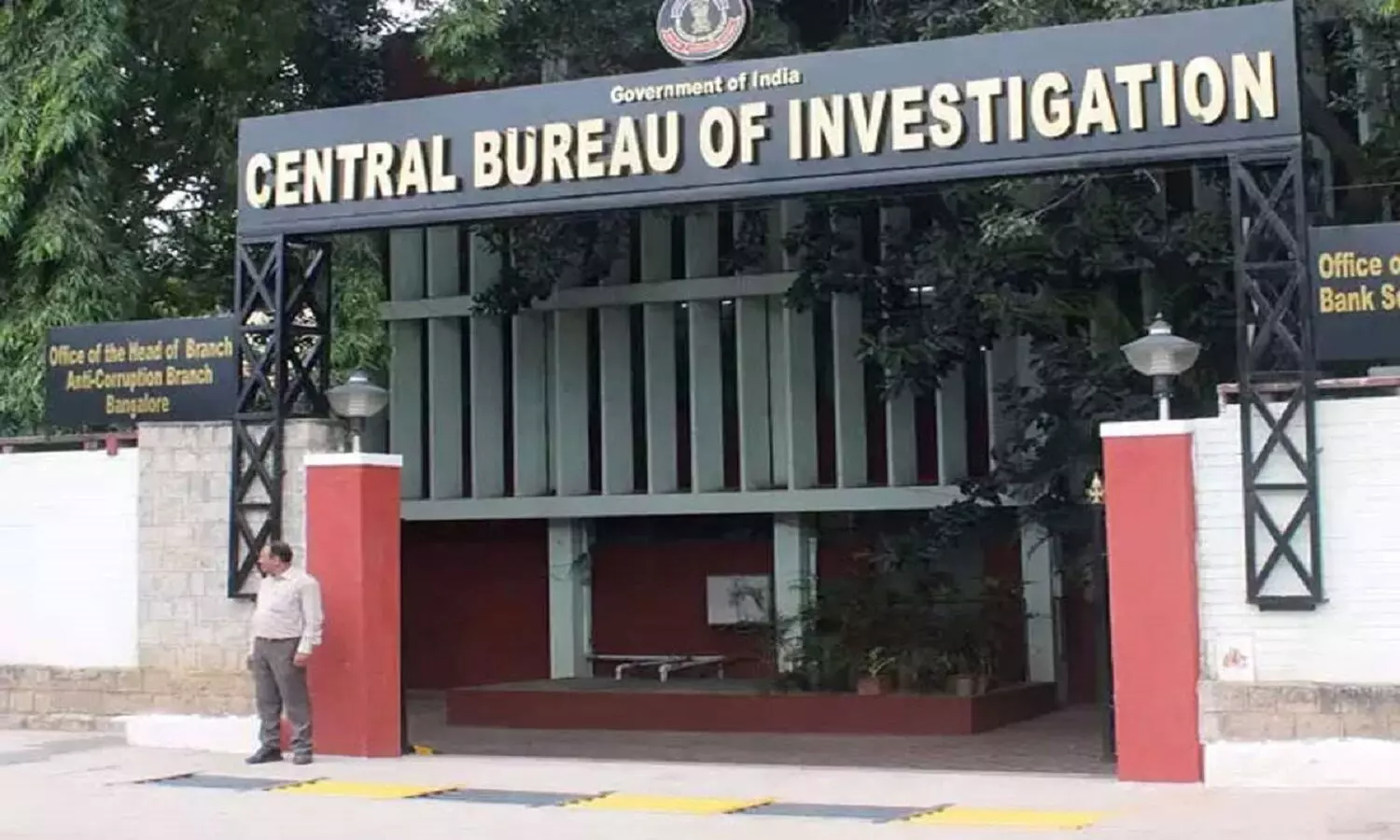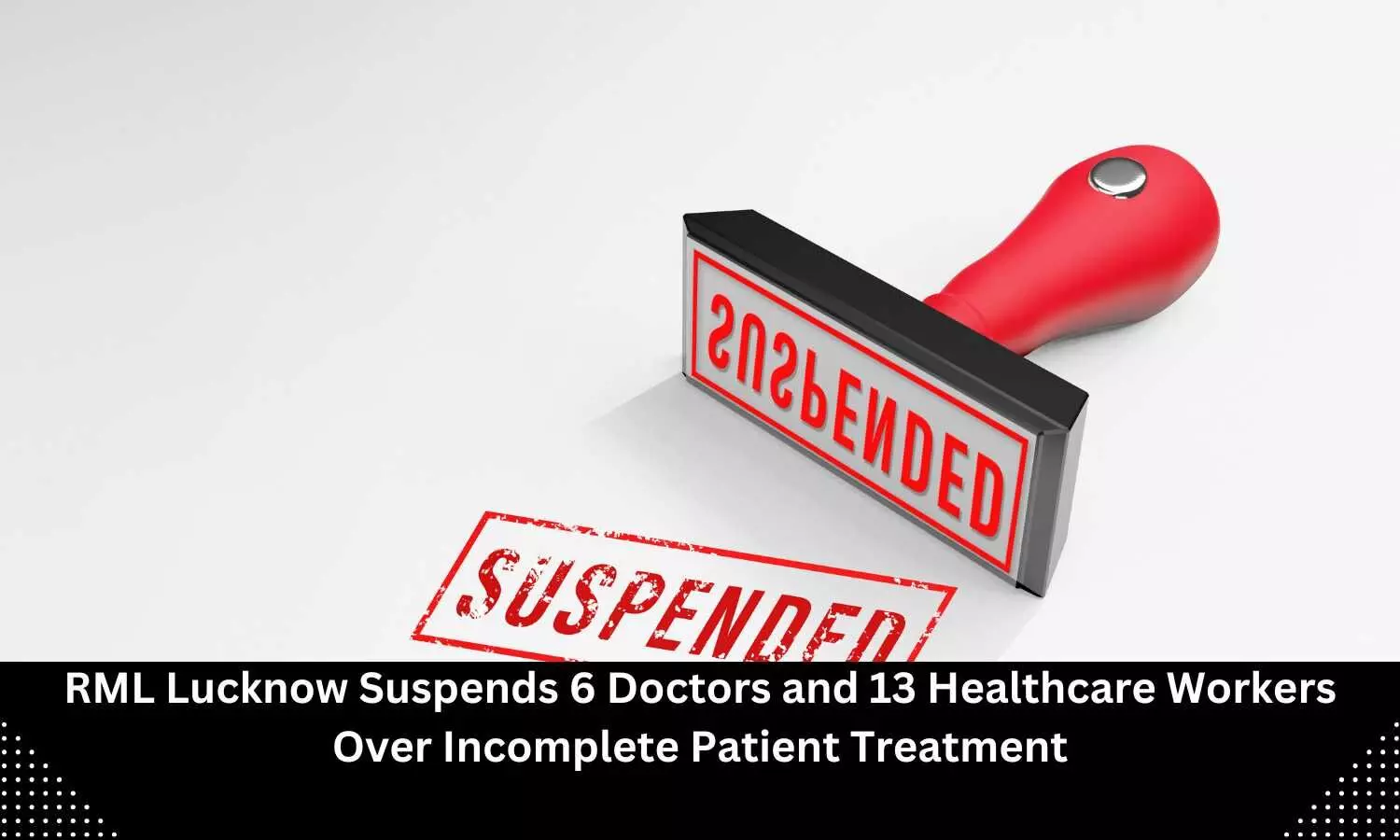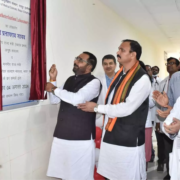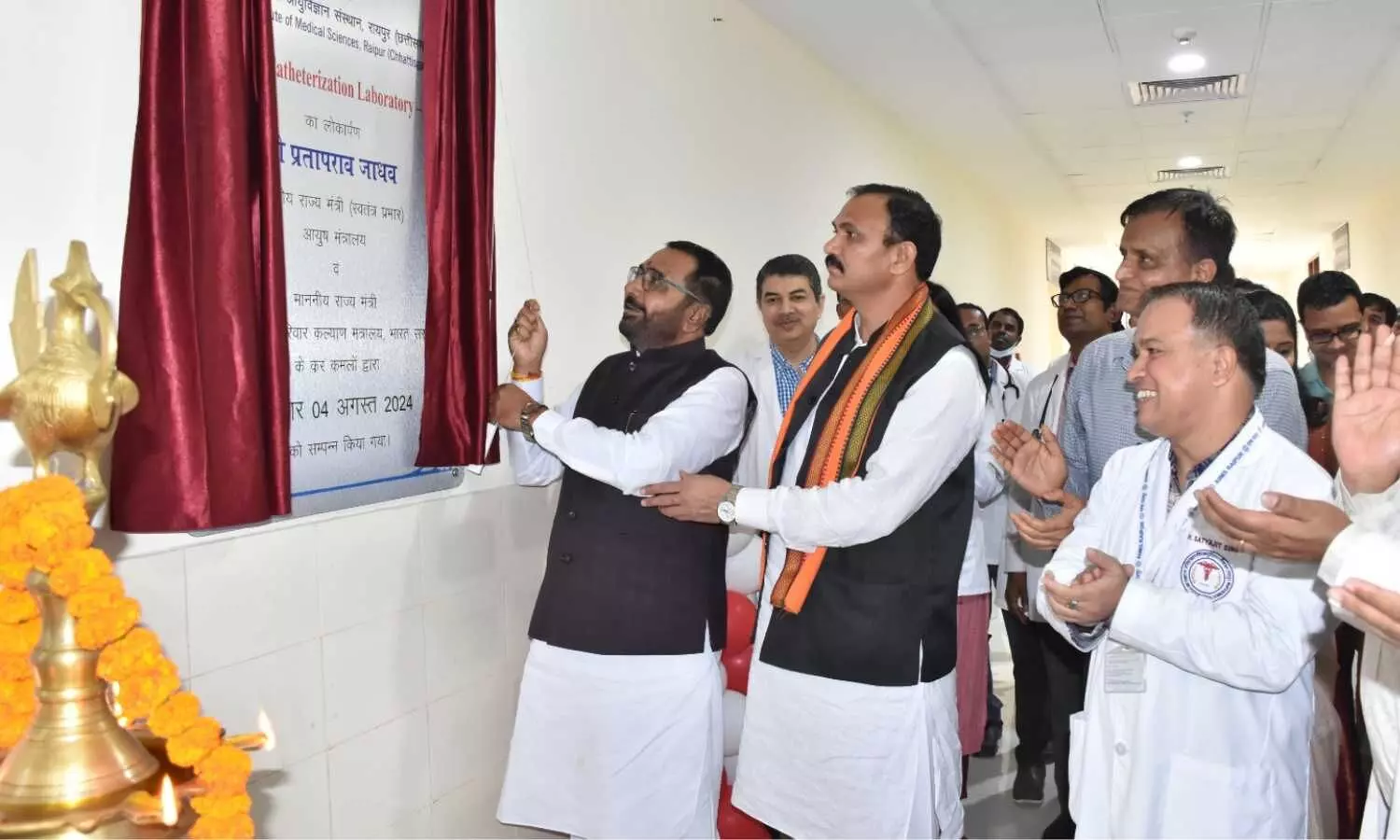No risk of birth defects: Use of Progesterone safer in first trimester than Dydrogesterone, claims DEBC Study

China: A recent study, known as the Maternal Drug Exposure Birth Cohort (DEBC), has been conducted in China to examine the effects of maternal drug use on newborn health. In the study, the researchers determined how medications taken by pregnant women can influence birth outcomes, potentially guiding future public health policies and clinical practices.
The study, published in Nature Communications, found that progesterone is safe, whereas dydrogesterone increases the risk of birth defects.
Exposure to dydrogesterone during the first trimester is associated with increased rates of stillbirth, preterm birth, low birth weight, and birth defects, while also correlating with a reduced incidence of miscarriage or abortion, the researchers reported. However, they noted that due to the limitations inherent in this cohort study, definitive causal conclusions cannot be established.
Global data on fetal safety related to drug exposure during pregnancy is limited. To address this gap, the Maternal Drug Exposure Birth Cohort (DEBC) study has been launched as a prospective longitudinal investigation. Lu Li, National Center for Birth Defect Monitoring, West China Second University Hospital, Sichuan University, Chengdu, Sichuan, China, and colleagues aimed to examine the relationship between maternal drug use and pregnancy outcomes while also establishing a human biospecimen biobank for future research. They check the use of drugs in pregnancy, especially in the first trimester, and the risk of birth defects.
The researchers detailed the establishment of the DEBC study, revealing that 30.70% of the 112,986 pregnant women involved reported drug use during the first trimester. Among these drugs, dydrogesterone and progesterone were the most frequently used, with exposure rates of 11.97% and 10.82%, respectively. Overall, the study observed an incidence rate of 13.49% for adverse pregnancy outcomes.
The researchers stressed the importance of weighing the risks of using medication against the potential dangers of not using it. They explained, “For example, untreated preeclampsia in pregnant women significantly increases the risk of seizures, which can harm both the mother and fetus. In contrast, careful use of anti-epileptic medication can lower this risk. Similarly, our study found that dydrogesterone use was associated with a lower risk of miscarriage or abortion.”
They also mentioned the importance of balancing the risks and benefits when considering medication accounting for the timing and dosage. However, research on how different medication regimens (including various drugs, doses, and durations) affect maternal and fetal outcomes is still limited. Future studies will explore these aspects more thoroughly, using data from this cohort.
“Future studies should focus on stratified analysis based on specific maternal diseases and investigation of the connections between medications during pregnancy and adverse pregnancy outcomes, accounting for exposure timings, durations, routes, and doses,” the researchers concluded.
Reference: https://doi.org/10.1038/s41467-024-49623-0
Powered by WPeMatico





















